Kiyosumi Shirakawa Art Guide - Visiting 7 Galleries Starting Off at the Lush Kiyosumi Gardens
Tokyo Museum of Contemporary Art, Kiba Park
The neighborhood of Kiyosumi-Shirakawa is known for its coffee and art. While many may visit the area's central Tokyo Museum of Contemporary Art with friends or loved ones for the sake of art, charming galleries are also scattered around the vicinity. This time, we'll depart from Kiyosumi-Shirakawa Station and head to the Tokyo Museum of Contemporary Art, then introduce galleries in the surrounding area along the route leading towards Kikukawa Station."
Log in via the web version or follow through the TAB app for venues of interest. With the app, you'll receive push notifications about the opening and closing of exhibitions held at those venues.
*Check out the list of area-specific art guide articles in Tokyo here.

Harmas Gallery
Exiting Kiyosumi-Shirakawa Station, you'll find yourself facing Kiyosumi Garden, where you can enjoy the changing seasons' wild birds and greenery, then turn towards the Sumida River. Nestled quietly in a residential area off the beaten path is Harmas Gallery.
Named after the French dialect word meaning "wasteland," Harmas' concept revolves around creating artworks that should endure in the desolate reality and handling artists who earnestly challenge art with a sincere attitude. Over time, they've hosted solo exhibitions for artists like Mikiko Azuma, Maki Katayama, Kenta Imano, Taichi Nakamura, Solaya Nagai, Kazuhiro Nomura, Iku Harada, Takeshi Hosaka, Aya Murakami, and Nami Yokoyama.
Owner Hiroki Yagi, who also works as a designer, shares witty conversations about art and other topics. He expressed his thoughts on gallery operation: "The relationship with the artists is crucial. It's about working together with artists we can have a long-term relationship with and respecting their expressions."


Hagiwara Projects
Located between Kiyosumi-Shirakawa Station and Morishita Station, by the banks of the Sumida River, is Hagiwara Projects. This gallery started in 2013 in Hatsudai and relocated to its current location in March 2021. They organize genre-less exhibitions primarily featuring young artists from Japan and abroad, showcasing paintings, sculptures, and photographs. Among the artists they represent are Miho Doi, Yuta Hayakawa, Shunsuke Imai, Maiko Jinushi, Tamotsu Kido, Soshi Matsunobe, Nobuhiko Nukata, Zack Prekop, Alain Biltereyst, and Christian Hutzinger.
Owner Yukari Hagiwara notes a commonality among the artists: "They might be considered 'cool,' but many of the artists prioritize sculptural expressions. As a result, I find it interesting that there is a high degree of freedom in the viewing experience."
When we visited, they were hosting a solo exhibition by Shunsuke Imai titled Red, Green, Blue, Yellow, and White. The works, capturing folded and reflected patterns on paper, seemed to invite playful exploration of color and form, offering a sense of active engagement with the viewer rather than imposing a strong impression.


Gallery MoMo Ryogoku
Let's visit Ryogoku Station, two stops away on the Toei Oedo Line from Kiyosumi-Shirakawa Station. Gallery MoMo Ryogoku opened in Roppongi in 2003 and expanded to Ryogoku in 2008, just a 2-minute walk from Ryogoku Station along the railway line.
What's surprising is that both spaces in Roppongi and Ryogoku are operated solely by a family of three, from installation to reception. This gallery, initiated by father Tetsuo Sugita, originally a collector, collaborates with around 20 pairs of artists, mainly in their 30s, such as Chika Osaka, Naomi Okubo, Katsumi Hayakawa, Ryoko Takahashi, Sachiho Ikeda, Jaye Moon, Tomoyasu Murata, Kotori Kawashima, and Yosuke Kobashi.
Ryuhei Sugita, the son, emphasized the importance of maintaining long-term relationships with artists and respecting life events like marriage and childbirth. His words revealed a warm gaze towards the artists supporting the gallery's operation.
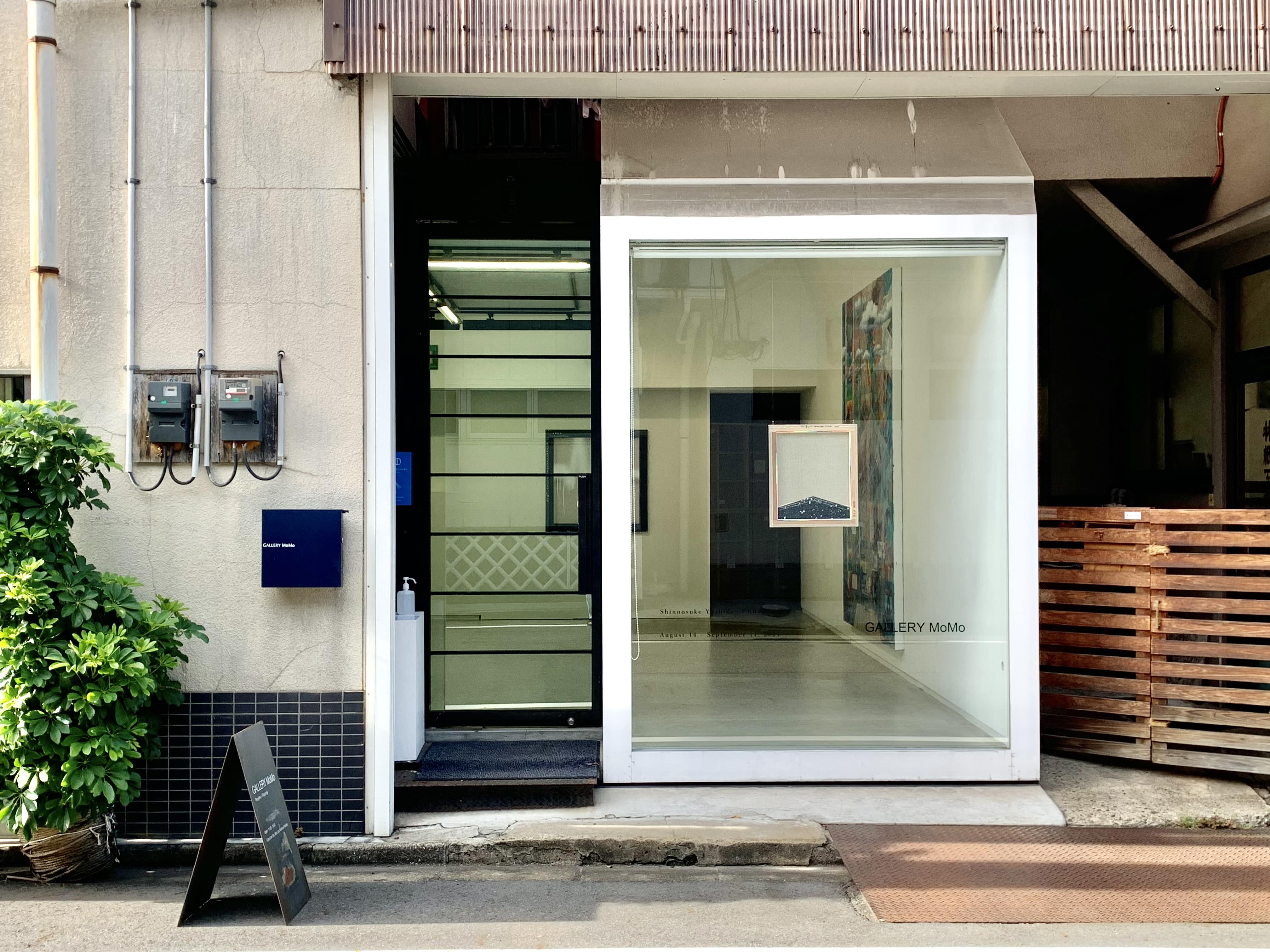
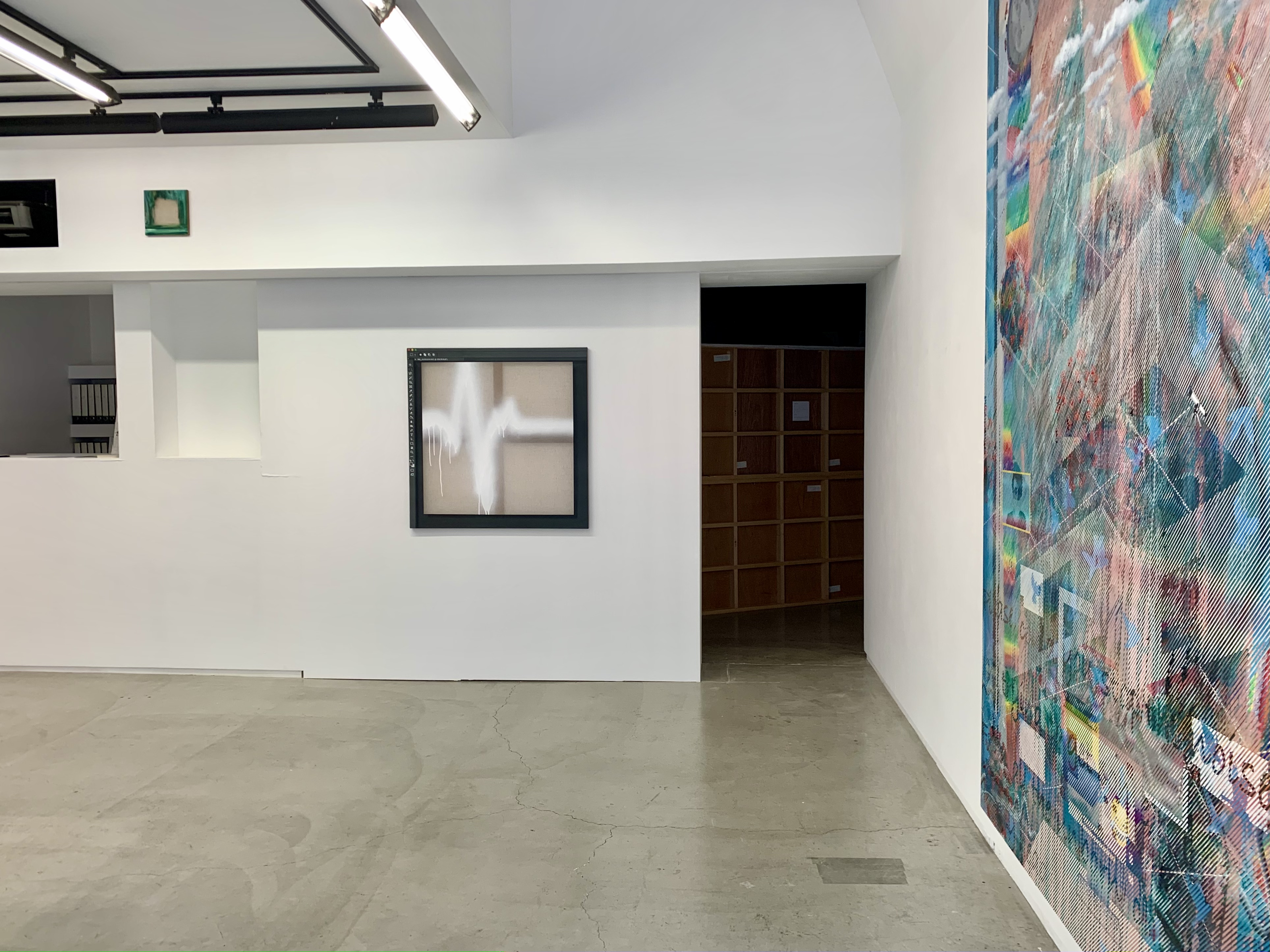
Ando Gallery
Turning back, let's head towards the Tokyo Metropolitan Art Museum. Ando Gallery, which opened in 2008, is located close to the Tokyo Metropolitan Art Museum. The gallery space, renovated from a warehouse entwined with ivy, has an impressive exterior with a predominantly white color scheme.
During the interview, a solo exhibition by Yuki Hirakawa was being held, and we watched video works in the dimly lit exhibition space. The literal "white cube" space, with white walls and uniform dimensions and depth, is perfect for quietly engaging with the artwork.
The owner, Koichi Ando, concurrently engages in the production of art, architecture, and design. He primarily showcases works by young contemporary artists from Japan and abroad, including paintings, sculptures, installations, photographs, and videos. Artists such as Kei Funakoshi, Youki Hirakawa, Ken Nakazawa, Ricarda Roggan, Aoi Sasai, Alexander Tinei, and Shona Trescott are represented.
Ando emphasizes that not only the "form" but also the "theme" of the artwork is crucial. When you visit, enjoy the artwork and consider the themes underlying the pieces.
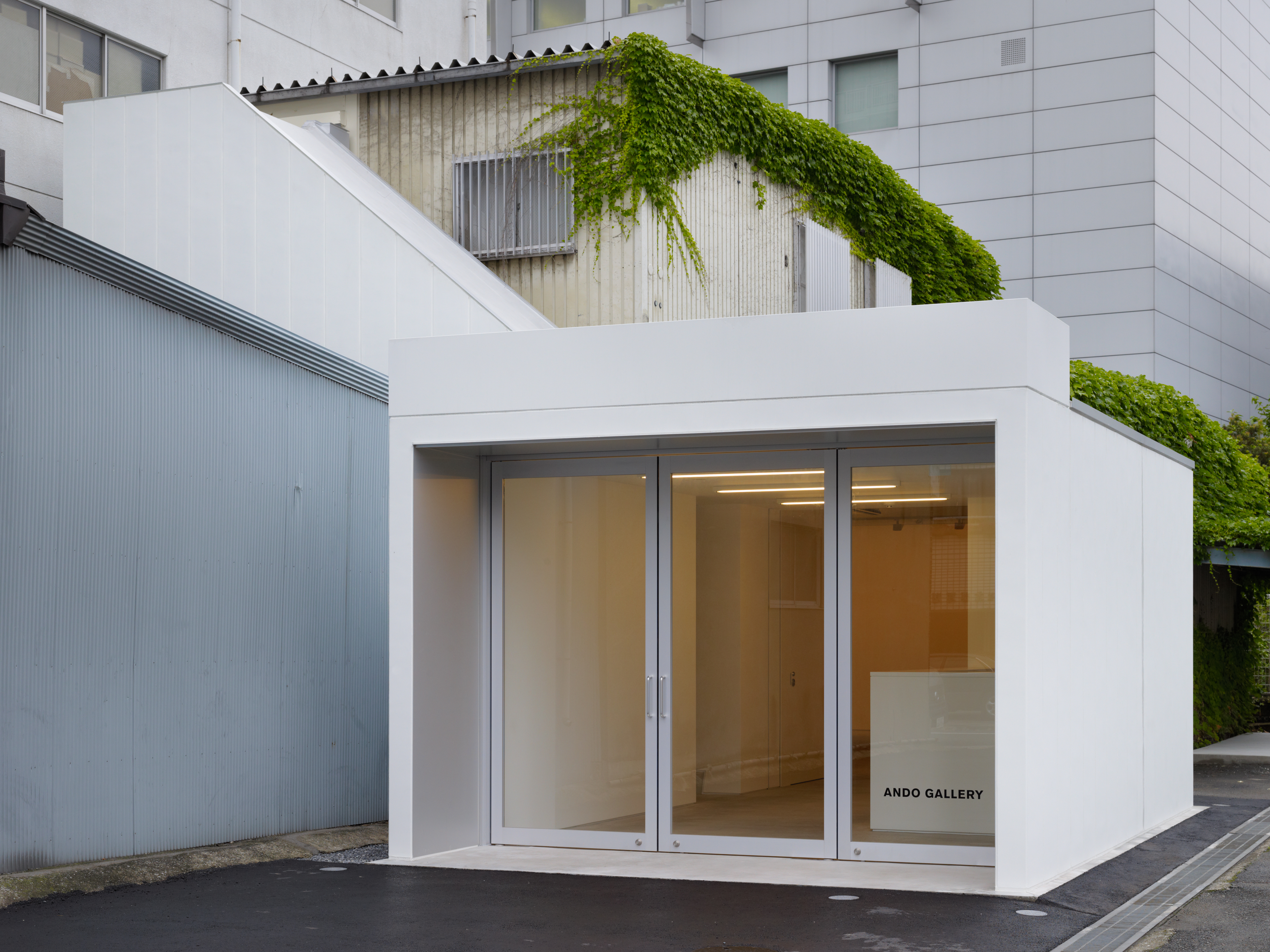
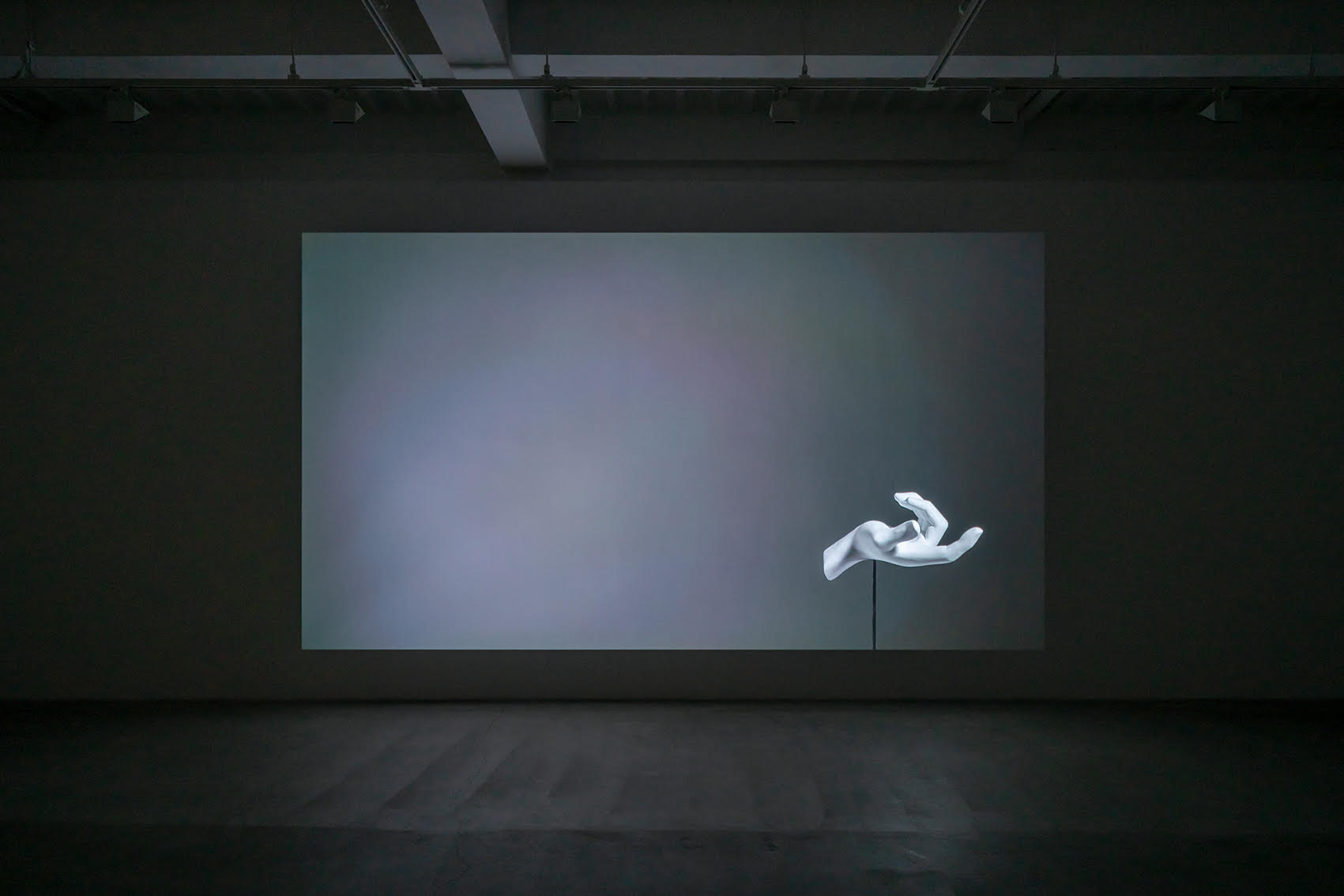
Kana Kawanishi Gallery
Passing through the vast grounds of Kiba Park and the Tokyo Metropolitan Art Museum and heading north, you'll come across the Kana Kawanishi Gallery.
Established as an art office in 2014, opening its gallery in 2015, and relocating to Kiyosumi-Shirakawa in spring 2017, this gallery is operated by Kana Kawanishi, who was previously involved in book editing. It attempts to present new interpretations visually and auditorily using mediums such as photography. Featured artists include Yasushi Aizawa, Hideo Anze, Go Fujimura, Shoma Fujimura, Yoshiki Hase, Tamami Iinuma, and Ai Iwane.
Furthermore, it is characterized by its active participation in contemporary art fairs domestically and in Europe and North America while regularly organizing solo and group exhibitions in its gallery space.
The space is notable for its large glass panels that allow the exhibition space to be visible from the outside, with both interior and exterior designed by Yuko Nagayama & Associates, known for projects like the Teshima Yokoo House. Kana Kawanishi Photography, a satellite gallery specializing in photography, which opened in 2018, was also designed by the same architectural firm, making the exhibitions and the architecture worthy of attention.
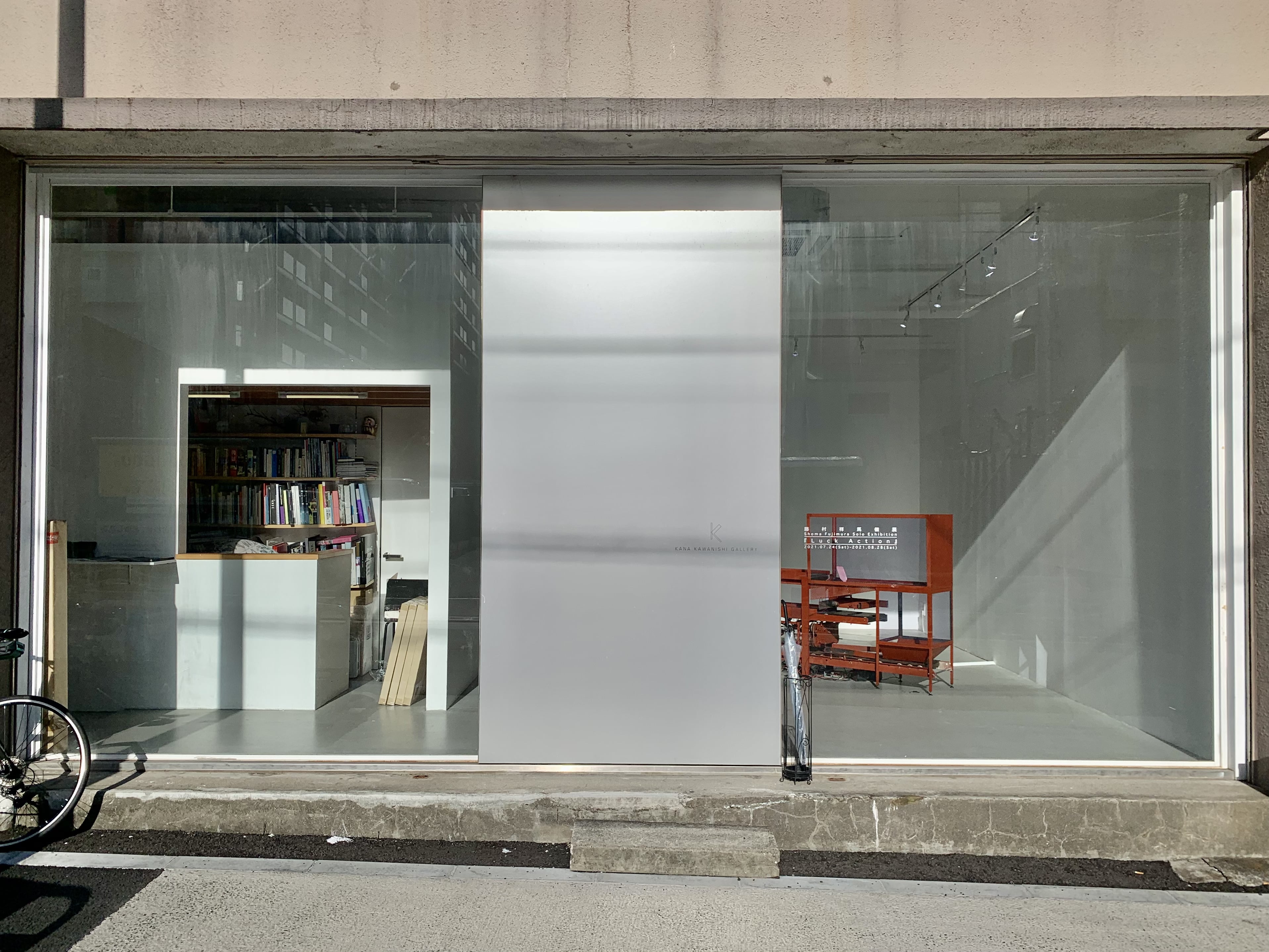
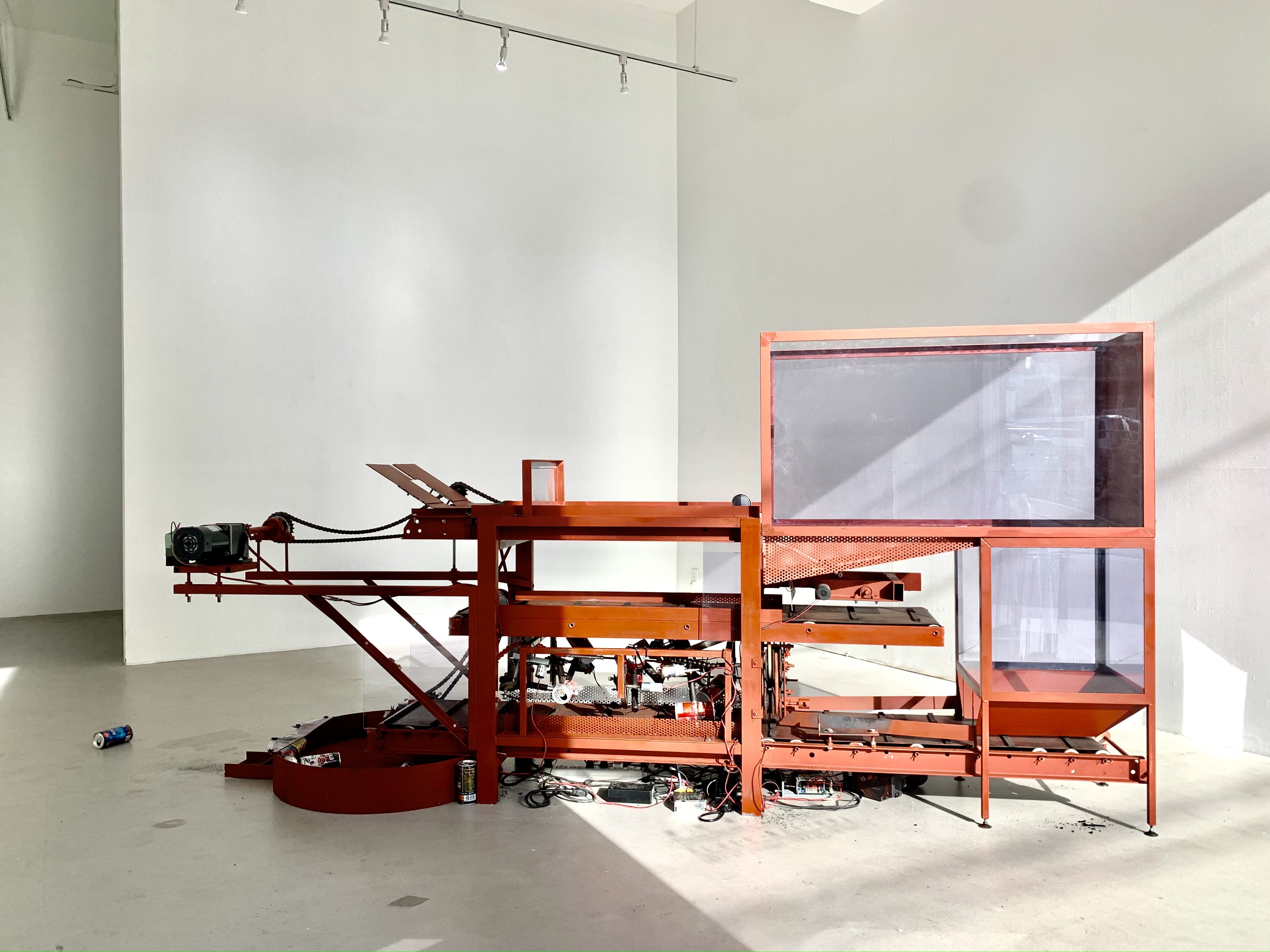
Satoko Oe Contemporary
From Kawanishi Gallery towards Kiyosumi-Shirakawa Station. Located right by the Onagigawa River, created in the early Edo period, Satoko Oe Contemporary, established in 2016, focuses on contemporary art.
Aiming to be a space that exists as a memorable place for the people of the city and the collective memory of society, it collaborates with artists such as Takuya Ikezaki, Mitsuhiro Ikeda, Tadasuke Iwanaga, Shinichiro Kano, Makiko Masutani, Kesang Lamdark, Luca Costa, Shigeru Hasegawa, Yoshinori Niwa, and Naoya Hirata.
Director Satoko Oe says, "Without fearing misunderstandings, I dare to say that although the content we offer is quite different, I think galleries are not so different from grocery stores. Therefore, it was important in our search for a location to exist as a store that proposes and provides beauty within the town, visible from the street like a storefront. While galleries are spaces separate from daily life, we hope to not only be a special place and operate with that in mind." As indicated by the wide entrance, this gallery is open to various visitors and can be likened to a local grocery store, where one can casually drop by.
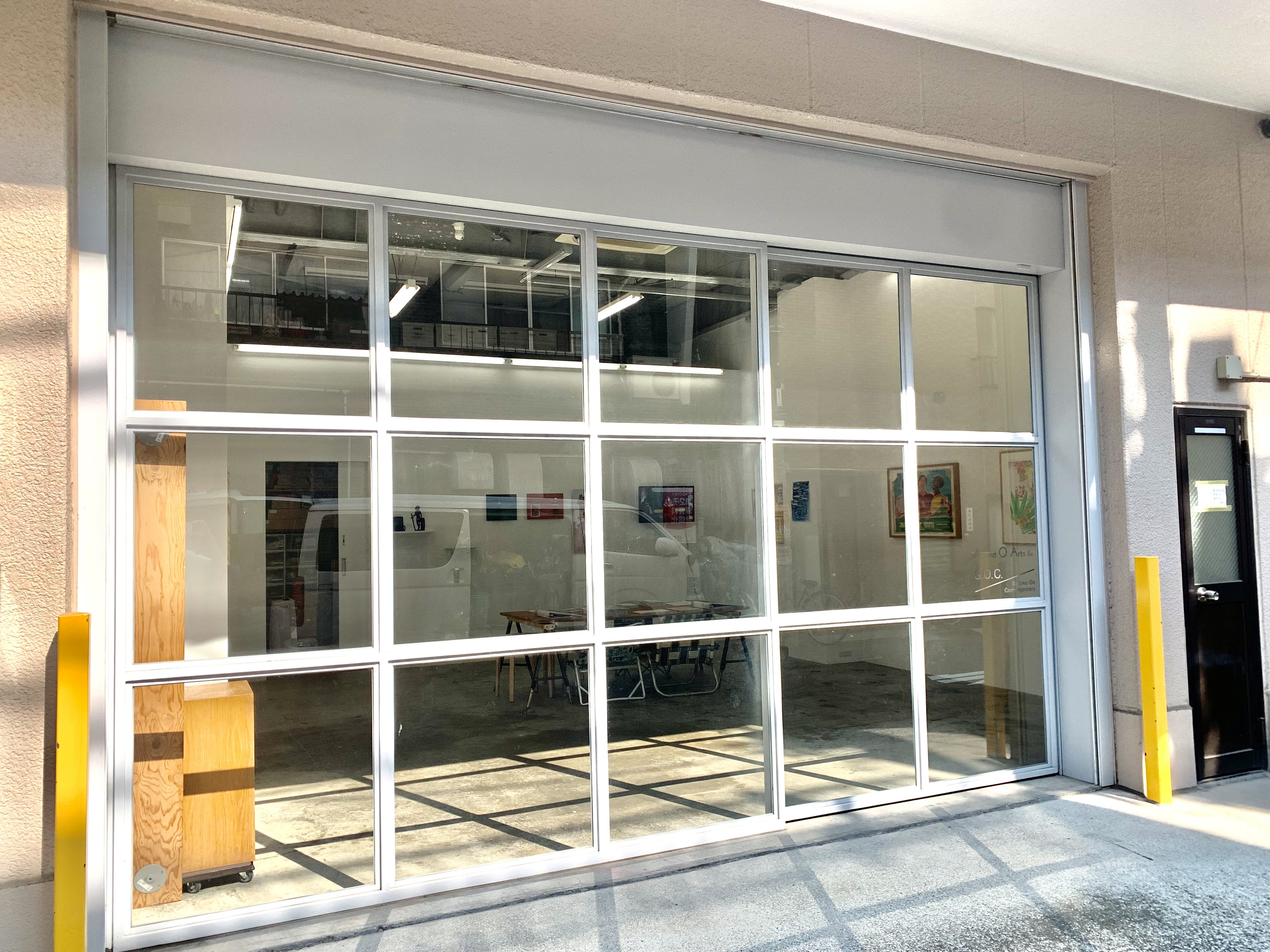
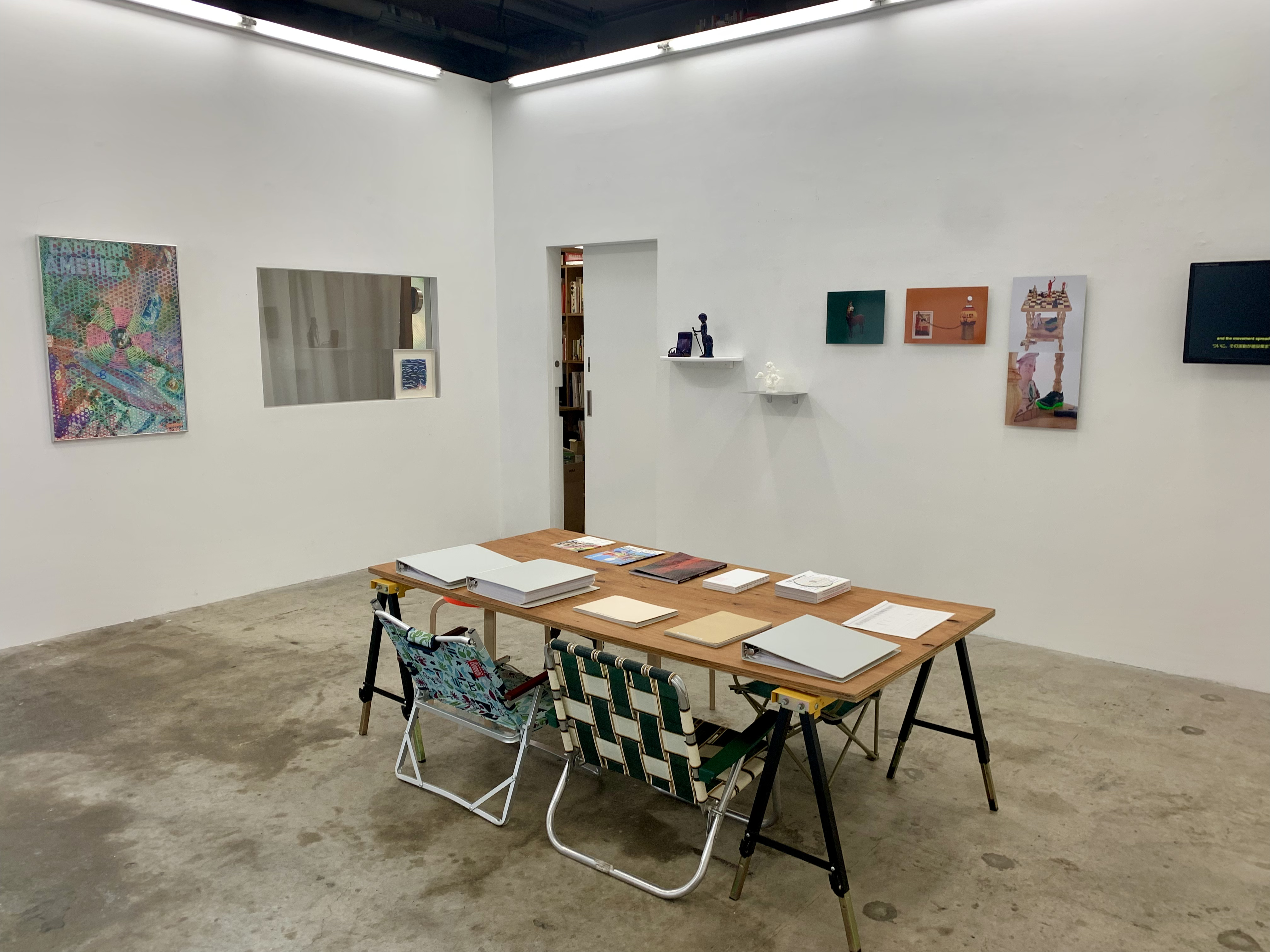
Mujin-to Production
Let's stroll along the Ookayokogawa River, where you can also enjoy the cherry blossoms in full bloom in spring. Mujin-to Production is located amongst old wooden row houses.
Established in 2006 in Koenji, the gallery was located near Kiyosumi-Shirakawa Station until 2019 and is now based in Edobashi. The gallery represents artists such as Kazuhiko Hachiya, Ryota Yagi, Chim↑Pom from Smappa!Group, Sachiko Kazama, Ryohei Usui, Yoko Asami, Yukihiro Taguchi, Osamu Matsuda, Tsubasa Kato, Meiro Koizumi, and Yu Araki.
"At Mujin-to Production, our concept for exhibition programs revolves around 'what we want to show/see at this particular moment of the year.' We work with artists to create exhibition programs. The aim is for artists to express and present how much of the society and era they perceive themselves living in. We believe that presenting artists' exhibitions doesn't necessarily change the world but rather expands the radius of the viewers' worlds. We would be delighted if visitors could think and feel about 'being here and now, seeing this artwork' in the space of the old cardboard factory built in 1948," says the gallery director, Rika Fujishiro.
Emphasizing the construction of exhibition concepts, the exhibition itself is meticulously formed, from promotional materials to direct-mail production.


In this area, you'll quickly find charming cafes and miscellaneous shops. How about exploring the galleries while enjoying a break or shopping?



